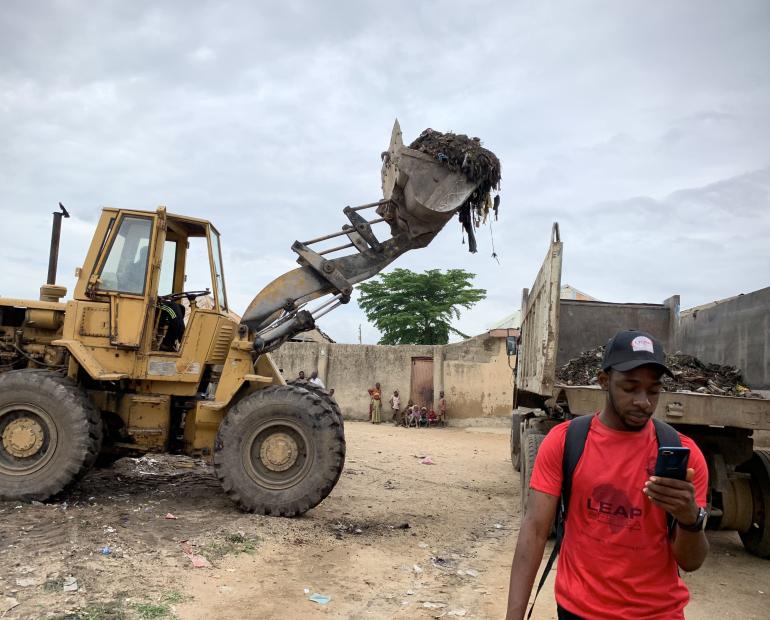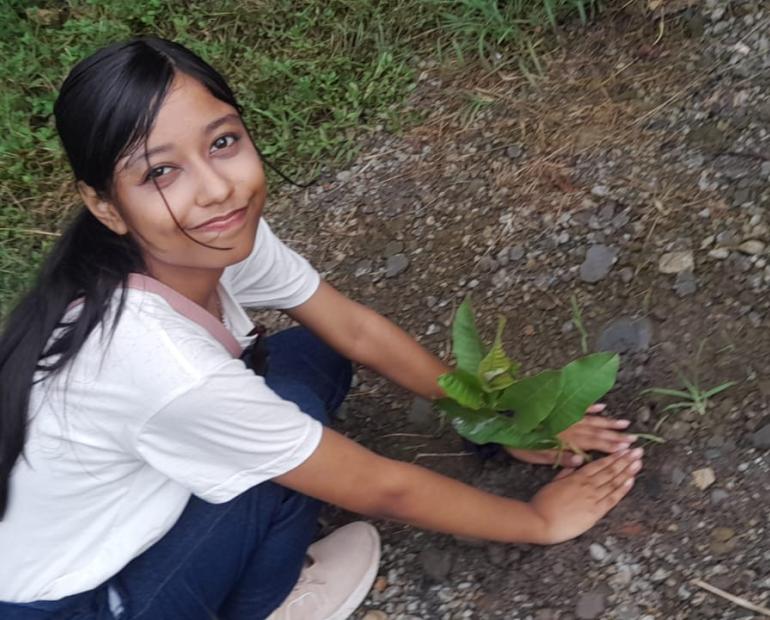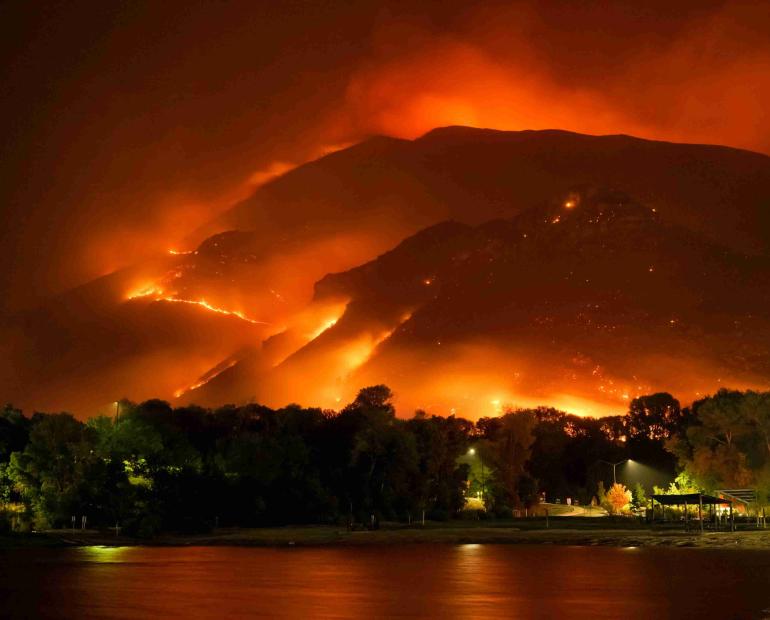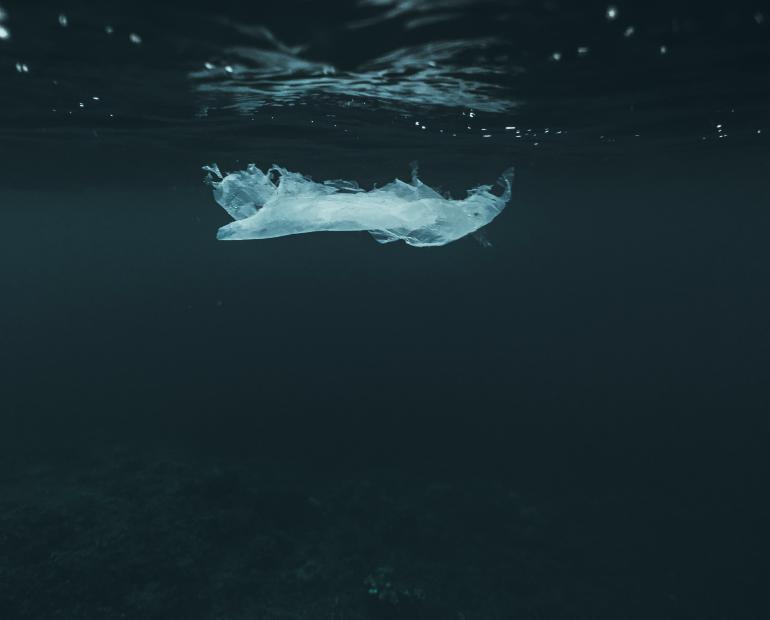Are you interested in taking some small steps for a healthier lifestyle? Check out our Hi-5 For Health series to connect with other youth, get tips from experts, join the discussion, and participate in challenges!
This month let’s talk about air pollution. You can also download these materials in pdf to review them offline and share it with your friends:
Real life, real talk
Meet Tuguldur, a 17-year-old working tirelessly to combat air pollution problems in his home country Mongolia.
Want to learn more about air pollution in Mongolia? Read these essays by young people.
KNOW THE FACTS

1. Why is the air around me important?
Air is invisible, yet it is all around us! Air is a mixture of gases, mostly oxygen and nitrogen, which plants, animals, and humans all need in order to survive.

2. Where does air pollution come from?
Air pollution happens when harmful substances (pollutants) are released into the air - inside our homes or outside. This can damage our bodies and even increase our chances of getting certain diseases.
Air pollution can happen from natural sources like wildfires, dust, and volcano eruptions. But mostly, our human actions cause pollution from things like power plants that burn fossil fuels (coal, oil, natural gas), fertilizers and animal waste from farming, wood burning stoves, driving cars, flying planes, and more…

3. 1.8 billion people under the age of 15 breathe air that is so polluted it risks their health and development.
Our actions as humans not only contribute to climate change but also directly affect our health.
-
Pollutants in the air can enter our lungs and blood system, which increases our risk of heart diseases, respiratory diseases, and lung cancer.
-
Being exposed to air pollution over a long period of time can change our brain structure and lower our ability to do well in school and focus during exams.
4. Since air is invisible, it may be tricky to see air pollution.
Here are 3 other signs you can look for:

-
Dryness/irritation in your eyes, headache, fatigue, allergies, or shortness of breath.
-
Does your neighborhood have factories, cars, trucks, or power plants? If so, then you are probably exposed to high levels of air pollution.
-
If you live with an asthmatic person, you might witness them having more severe asthmatic attacks, shortness of breath, chest pain, coughing, or wheezing.
5. Did you know that children and young people are more affected by air pollution than adults?
This is because you breathe faster than adults and take in more pollutants. Also because your brains and bodies are still developing, and these pollutants can harm you while you’re still growing.

Meeting the goals of the Paris Agreement could save around 1 million lives per year worldwide by 2050, just by reducing air pollution!
This means that we have a lot of work to do but it is possible to make our environment and our health better.
To learn more about the Paris Agreement, check out this cool resource.
6. So, how is the air quality around me?
Air Quality Index (AQI) is a tool that can tell us what the quality of the air around us is like. Higher AQI means worse air pollution.

7. How else can we measure air pollution?
Fine Particulate Matter (PM2.5) is a common way we can measure air pollution. PM2.5 is so small that it’s around the same size as one thirtieth the width of a strand of human hair! Yes, it’s that small!
So, we can’t really see PM2.5 but it is dangerous to our health. If you want to know the air quality around you, check out UNICEF’s country dashboard.

8. Positive progress is happening.
In 2020, the world’s largest platform for air quality data was launched, this will hold our leaders accountable and encourage us all to advocate for better air quality monitoring.
More countries are monitoring air pollution and taking action to reduce air pollution than ever before. So do your part and be air aware!
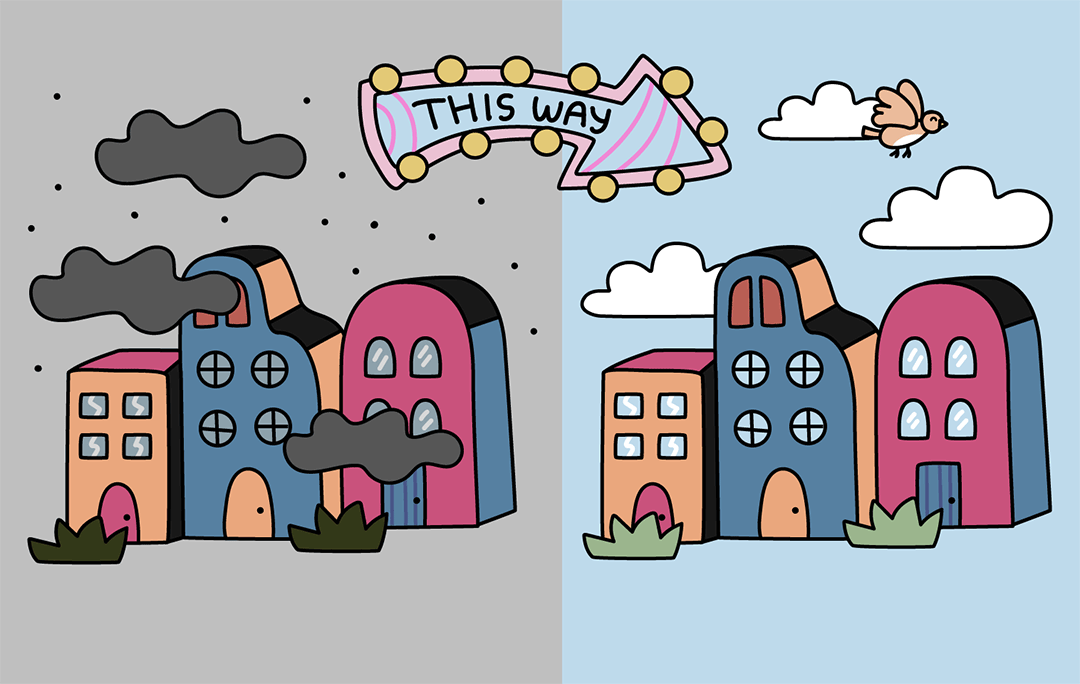
THINK ABOUT IT
There are no right or wrong answers to the questions below- these are supposed to spark conversation and ideas:
MAKE A DIFFERENCE

Here are some ideas to help you learn more about air pollution around you so that you can educate yourself, your friends, and your family. Together, you can take action!
Express Yourself! Share your thoughts about air pollution by submitting a piece to Voices of Youth.

Picture This! Use your investigative skills to capture photos of anything around you that makes you concerned about the environment. Share these images on social media and tag @voicesofyouth.
Pass it on! Share something you’ve learned here with one other person and spark a conversation! These conversations can be digital through platforms such as Streamyard, Zoom, Facebook Live, or Youtube or in person, while keeping everyone safe.

Prove it! Leave a medium size cotton ball in your street and see what color the cotton ball is after one day. Is it still completely white? If not, what do you see? This mimics the effect of air pollution on your body when you walk around outside.
Share pictures of your cotton ball on social media and invite people in your neighborhood to see the experiment! Spark a conversation and talk about the ways to improve air pollution in your community.
LEARN MORE

Are you interested in taking more steps for a healthier lifestyle?
Check out this website on how the use of alcohol, tobacco and other substances impacts young people every day:
The content is this website was developed by UNICEF in collaboration with the UNICEF-AstraZeneca Young Health Programme Young Leaders. Learn more about their vision for a healthier future here. Art by Vania Dhianisya and Njung'e Wanjiru.
UNICEF does not endorse any company, product or service.


